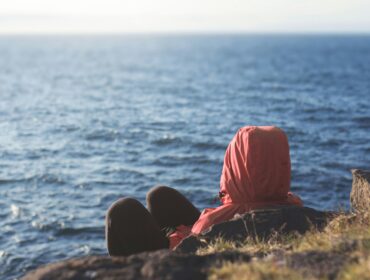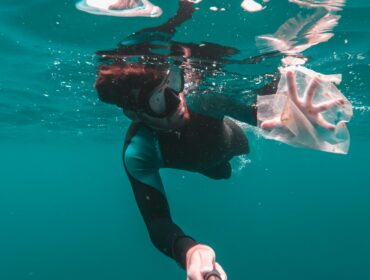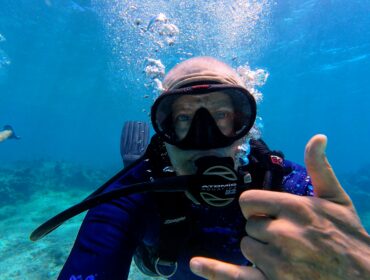You’ve no doubt heard that there is a lot of plastic polluting Earth’s oceans, but it’s not uncommon to wonder, “Why is that so bad?” Plastics in the ocean have a hugely negative effect on marine life as well as on the humans who enjoy the endless recreation the sea provides, and who rely on oceans for their way of life. Oceans affect human beings in more ways than most people can even imagine. It’s important to keep them free of toxic waste, so this generation and future generations can enjoy the fun activities, delicious seafood, and breathtaking vistas of our planet’s spectacular oceans. Here are the three main levels of plastic ocean pollution.
Marine Life
Snorkeling, bird watching and scuba diving are such popular activities because of the beautiful creatures that inhabit the earth’s oceans. Over one million sea birds and over 100,000 marine mammals die every year because of ocean pollution caused by soda bottles, grocery bags and other similar items. The marine mammals and birds are killed from eating or being entangled in these particles that float on the water’s surface.
Great Pacific Garbage Patch
Earth’s oceans are so large that it’s hard to imagine them ever being taken over by garbage, but the Great Pacific Garbage Patch paints a picture of a grim future. Out in the middle of the northern Pacific Ocean, the currents move in a circular motion that is causing trash to collect. These currents have created a pile of garbage that is actually the biggest landfill on planet Earth. This garbage site is known as the Great Pacific Garbage Patch, and it’s growing every day. Because of the size of the Great Pacific Garbage Patch and its rate of growth, it will never be able to be fully cleaned up.
Chemical Leaching
The plastics that degrade in the ocean cause a whole different and destructive type of ocean pollution. When they degrade, toxic chemicals are released into the water. These toxic chemicals have been proven to interfere with the reproductive systems of animals. Additionally, these same chemicals have the potential to cause cancer in humans, so it’s no wonder that the simpler life forms in the ocean are being greatly harmed. When one animal eats another animal, the pollutants become more concentrated in the predatory animal. This means the animals that are higher up on the food chain will consume the most chemicals, and humans are the animals at the top.




